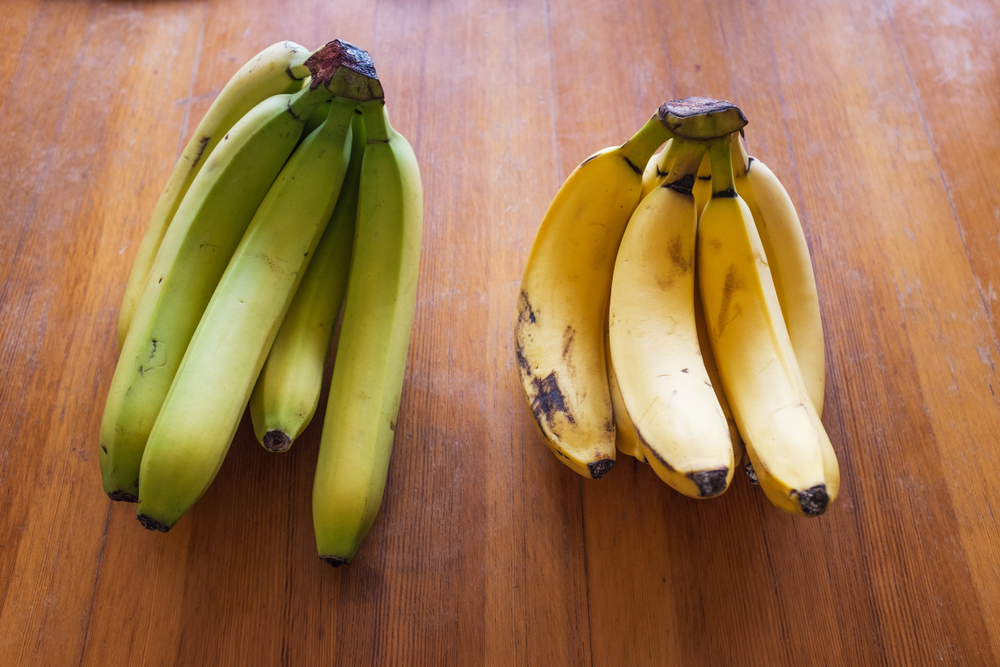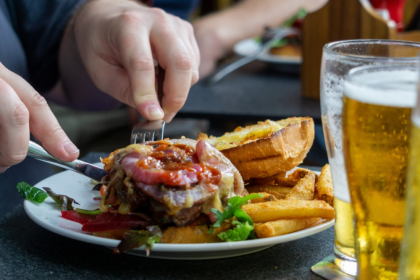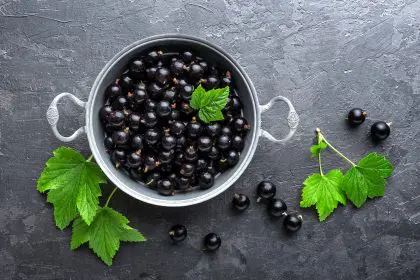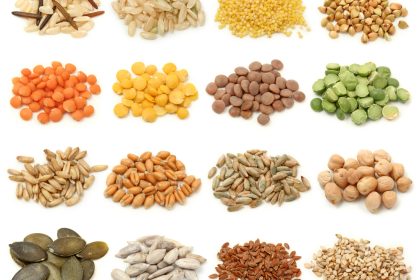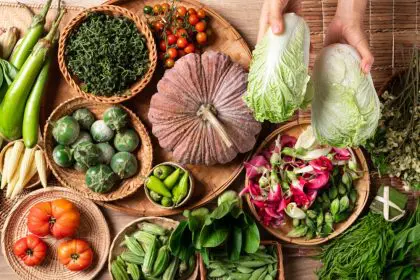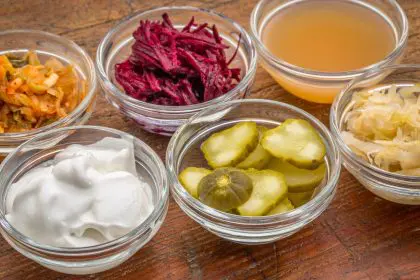That bunch of bananas sitting on your counter is secretly transforming day by day, and not just in color. The journey from green and firm to brown and mushy involves fascinating chemical changes that can significantly impact how your body processes them. But here’s the thing most people miss—depending on your health goals, when you choose to eat that banana might matter more than you think.
We’ve all heard that bananas are good for us, packed with potassium and convenient packaging that makes them nature’s perfect snack. But what if you could strategically time your banana consumption to target specific health benefits? As it turns out, that perfectly yellow banana might not always be your best option.
The starch-to-sugar transformation nobody told you about
The most dramatic change as bananas ripen involves their carbohydrate content, specifically the conversion of starch to sugar. Underripe, green bananas contain high amounts of resistant starch—a type of carbohydrate that resists digestion in the small intestine and functions more like fiber than sugar.
As bananas ripen, enzymes break down this resistant starch into simpler sugars—primarily glucose, fructose, and sucrose. This explains why a green banana tastes starchy and almost savory, while a fully ripened brown banana delivers that intense sweetness that makes it perfect for banana bread.
This transformation isn’t just about taste. Green bananas with their resistant starch can contain up to 80% starch and very little sugar. By the time that banana is fully yellow with brown spots, the proportions have essentially flipped, with sugar content dominating and starch content significantly reduced.
The practical implication? Eating the same banana at different ripeness stages essentially gives you different foods with varying effects on your blood sugar, digestive system, and even your microbiome.
Blood sugar impacts that might surprise you
For anyone watching their blood sugar levels, banana ripeness becomes particularly relevant. The resistant starch in green bananas resists immediate digestion, resulting in a gentler rise in blood glucose compared to their riper counterparts.
As bananas ripen and starches convert to simple sugars, they digest more rapidly, potentially causing quicker spikes in blood sugar. A fully brown banana might contain up to 35% more sugar than its greener version, creating a more pronounced glycemic response.
This doesn’t mean ripe bananas are unhealthy—they still contain valuable nutrients. But for those managing diabetes or watching their blood sugar levels, slightly underripe bananas might be the better everyday choice, saving those sweeter, spotted ones for occasional treats or post-workout recovery.
Interestingly, this starch-to-sugar conversion also affects something called the glycemic index—a measure of how quickly foods raise blood sugar. Green bananas typically score around 30 on this scale, while fully ripe bananas might reach 60, showing just how significantly ripening changes how your body processes them.
Gut health benefits that change with ripeness
Perhaps the most fascinating aspect of banana ripening involves its relationship with your gut microbiome—that complex ecosystem of bacteria that influences everything from digestion to immunity.
Underripe bananas with their resistant starch act as prebiotics, feeding beneficial gut bacteria in your large intestine. As these bacteria ferment the resistant starch, they produce short-chain fatty acids like butyrate, which nourish colon cells and create an environment where healthy bacteria thrive.
This prebiotic effect diminishes somewhat as bananas ripen and resistant starch converts to simple sugars. However, riper bananas develop other compounds that support digestion in different ways. The softening cell walls make nutrients more bioavailable, while certain enzymes develop that can aid digestion.
The practical takeaway? Eating bananas at various ripeness stages throughout the week might actually provide complementary gut benefits. Greenish-yellow bananas deliver more prebiotic effects, while fully ripe ones offer easier digestibility and nutrient absorption.
The antioxidant surprise most people miss
Contrary to what you might expect, a banana’s antioxidant capacity actually increases as it ripens. Those brown spots that many people find unappealing signal the production of antioxidants like dopamine and serotonin (not the same as the neurotransmitters in your brain, though they share the same names).
The darkening peel indicates increased enzymatic activity, producing more of these protective compounds. A fully ripe banana with brown spots can contain significantly higher antioxidant levels than its yellow or green counterparts.
This increased antioxidant content represents one of the clearest advantages of choosing riper bananas. For those primarily concerned with fighting oxidative stress, those spotted bananas might deserve another look rather than being relegated to the freezer for future smoothies.
Additionally, the antioxidant content remains stable even when the banana is quite brown, meaning that banana you think is past its prime might actually offer peak antioxidant benefits. Just make sure the flesh hasn’t fermented or developed mold.
The digestibility factor that affects everyone differently
Beyond nutrition, banana ripeness significantly impacts digestibility. Underripe bananas with their higher resistant starch content can be harder for some people to digest, potentially causing bloating or gas, particularly in people with sensitive digestive systems.
As bananas ripen, their cell structures break down, making them easier to digest for most people. The enzymes that develop during ripening essentially pre-digest some components, requiring less work from your digestive system.
This is why very ripe bananas are often recommended for young children, elderly individuals, or anyone with compromised digestion. The softer texture and pre-broken-down carbohydrates place less demand on the digestive system while still delivering nutrients.
However, this doesn’t mean everyone should opt for the ripest bananas. Those seeking the prebiotic benefits or blood sugar management advantages of resistant starch might prefer slightly underripe varieties, managing any potential digestive adjustment by gradually increasing consumption.
Workout timing strategies that maximize benefits
For the fitness enthusiasts, banana ripeness offers interesting strategic possibilities. The different carbohydrate profiles at various ripeness stages make them suitable for different workout scenarios.
Pre-workout, a slightly underripe banana provides slower-releasing energy from its resistant starch, potentially offering more sustained fuel for longer exercise sessions. The moderate sugar content still provides an initial energy boost without causing rapid spikes and crashes.
Post-workout, fully ripened bananas shine. Their higher sugar content helps replenish glycogen stores more rapidly, while their easier digestibility allows for quicker nutrient absorption when your body is primed to refuel. The increased antioxidant content may also help address exercise-induced oxidative stress.
This timing approach aligns with how many professional athletes strategically consume carbohydrates, choosing slower-digesting options before exercise and faster-acting ones immediately after. Your humble banana can fulfill both roles depending on when you catch it in its ripening journey.
Practical tips for getting the right ripeness
Managing banana ripeness doesn’t have to be complicated. Understanding the basic ripening timeline helps you plan for the bananas you need when you need them.
For those preferring underripe bananas with more resistant starch, purchase greener bananas and use them when they’re just turning yellow but still firm with no spots. Store them away from other ripening fruit if you want to slow the process.
If you prefer fully ripened bananas for their sweetness and antioxidants, buy them a few days ahead of when you’ll need them, or speed ripening by placing them in a paper bag with an apple, which releases ethylene gas that accelerates ripening.
The refrigerator is your friend for pausing ripening at your preferred stage. Once bananas reach your desired ripeness, refrigerating them will significantly slow further changes, turning the peel brown but preserving the flesh in its current state for several additional days.
Understanding how bananas transform throughout their ripening journey allows you to make more informed choices based on your specific health goals. Whether you’re managing blood sugar, optimizing gut health, maximizing antioxidants, or timing your carbohydrate intake for workouts, there’s an optimal banana stage for you. The question isn’t simply whether to eat bananas—it’s when to eat them.

